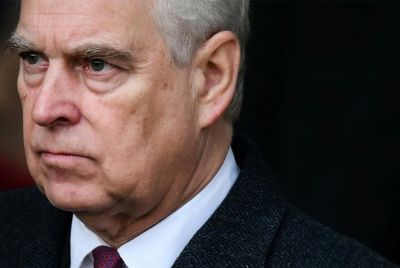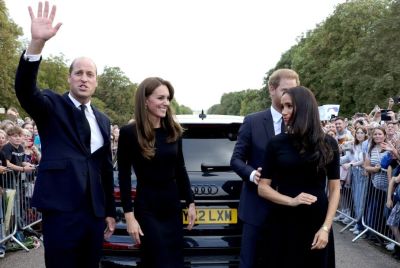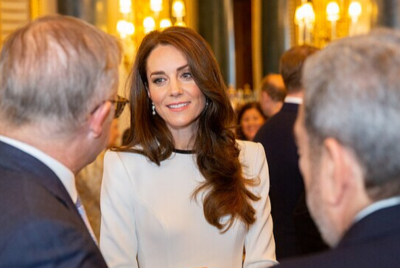Andrew Exiled to 'Haunted' Estate: King Charles Wants Him to Feel 'What He's Lost'
Andrew's home is now more than a hundred miles away from London

Prince Andrew has been ordered by King Charles to leave his 30-room Royal Lodge mansion in Windsor and move into a small, remote cottage on the Sandringham Estate in Norfolk. The relocation, described by palace insiders as a deliberate act of humiliation, aims to remind him of how far he has fallen from royal grace.
At 65, the Duke of York, who no longer carries the title of 'Prince', faces permanent exclusion from royal life. Sandringham, regarded as the most haunted residence within royal circles, was reportedly chosen to symbolise the loss of privilege, power, and public respect.
Insiders say the King wanted to make a lasting statement — both within the family and to the public — that Andrew's return to royal duties will never happen.
READ MORE: What Happens To Prince Andrew's Fortune Now He's Been Stripped Of His Royal Title?
READ MORE: Will Prince Andrew Follow Harry and Meghan's Path After Royal Lodge Eviction?
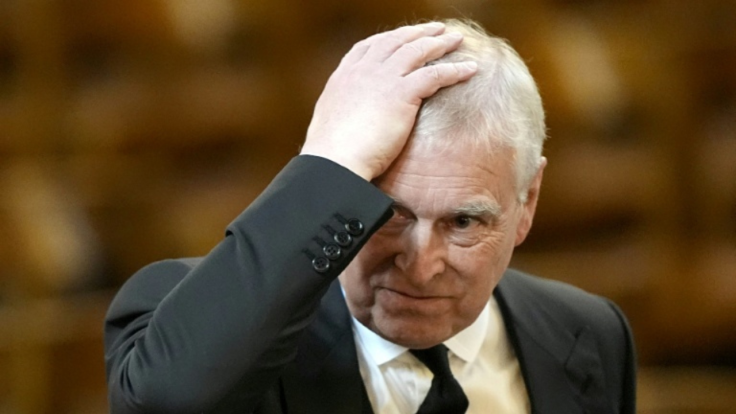
Andrew's New Home Meant to 'Haunt' Him with His Past
Andrew's new home lies more than 100 miles from London. The distance separates him from his daughters, Princess Beatrice and Princess Eugenie, and their young families. Both remain welcome at royal gatherings, where Andrew himself has been excluded.
A palace insider told us that 'This move isn't about giving him a new home – it's about sending a message. Sandringham is remote, bleak, and haunted by royal ghosts in every sense. The King wanted Andrew somewhere he'd feel the weight of what he's lost every single day'.
Another royal source added, 'Charles is fully aware of the symbolism. Exiling Andrew to Sandringham is like banishing him within the family itself. It's steeped in royal history but also shadowed by death and sorrow – a fitting backdrop for someone whose public life has ended'.
The decision follows years of controversy tied to Andrew's friendship with convicted sex offender Jeffrey Epstein. It was at Sandringham, during a shooting weekend in 2000, that Andrew hosted Epstein and Ghislaine Maxwell. The event is now seen as the beginning of his downfall.
Within months of that visit, Andrew was photographed alongside Maxwell and Virginia Giuffre, then 17, who later accused him of sexual assault, which he has denied. His attempts to clear his name, particularly during his 2019 BBC Newsnight interview, only deepened public criticism.
Following the release of Giuffre's new memoir and renewed calls for legal action in the UK, King Charles reportedly decided to draw a final line.
An insider said, 'Charles views Sandringham as poetic justice. It's the site where Andrew's downfall started, and now it's where it should finish. The place drips with royal history and misfortune. The message couldn't be clearer – this is where he belongs, and this is where he'll disappear'.
The move also places Andrew near Prince William and Princess Kate, who keep their country home, Anmer Hall, on the same estate. Courtiers say William has been one of Andrew's fiercest critics and pushed hard for his exclusion from royal life.
'William prefers to keep his distance, but being nearby only deepens the sting', said a palace aide. 'Andrew has to live with the fact that his neighbour is the man who helped bring down his royal standing – and who will eventually own the estate he's been exiled to.'
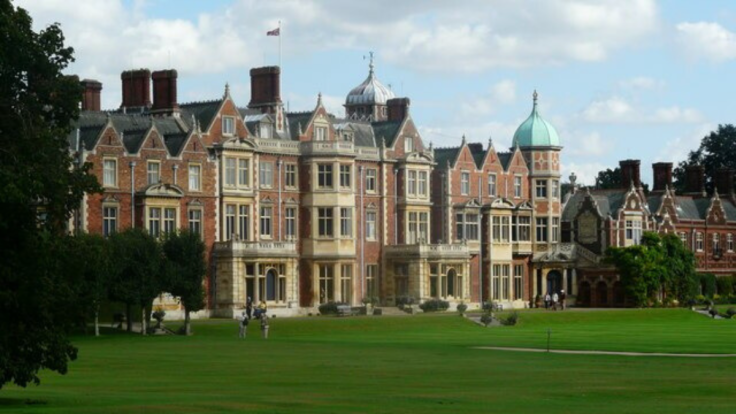
Sandringham's Haunting Legacy Within Royal Walls
The Sandringham estate has long carried an eerie reputation. King George VI died there in 1952, following his father, King George V, who also passed away in the same house in 1936. Their predecessor, Prince Albert Victor, who would have become king, died there in 1892 aged just 28.
Queen Elizabeth II returned each year to mark her father's death. Over decades, staff have whispered about flickering lights, sudden chills, and unexplained footsteps in the long corridors of the grand house.
Inside the Palace Exorcism: How the Royals Tried to Banish Sandringham's Spirits
Claims that Sandringham was haunted once led Queen Elizabeth II and the Queen Mother to hold a private spiritual service in 2000. Courtiers described it as an 'exorcism' after staff complained of paranormal activity in the room where King George VI died.
The ritual involved a clergyman performing prayers and Holy Communion to restore peace.
A former royal staffer later recalled, 'Everyone's aware Sandringham has its ghosts. Some corridors are avoided once the sun goes down – doors creak open on their own, and faint voices echo when the place is empty. It's the last setting you'd want if you're already living with your own ghosts'.
© Copyright IBTimes 2025. All rights reserved.








